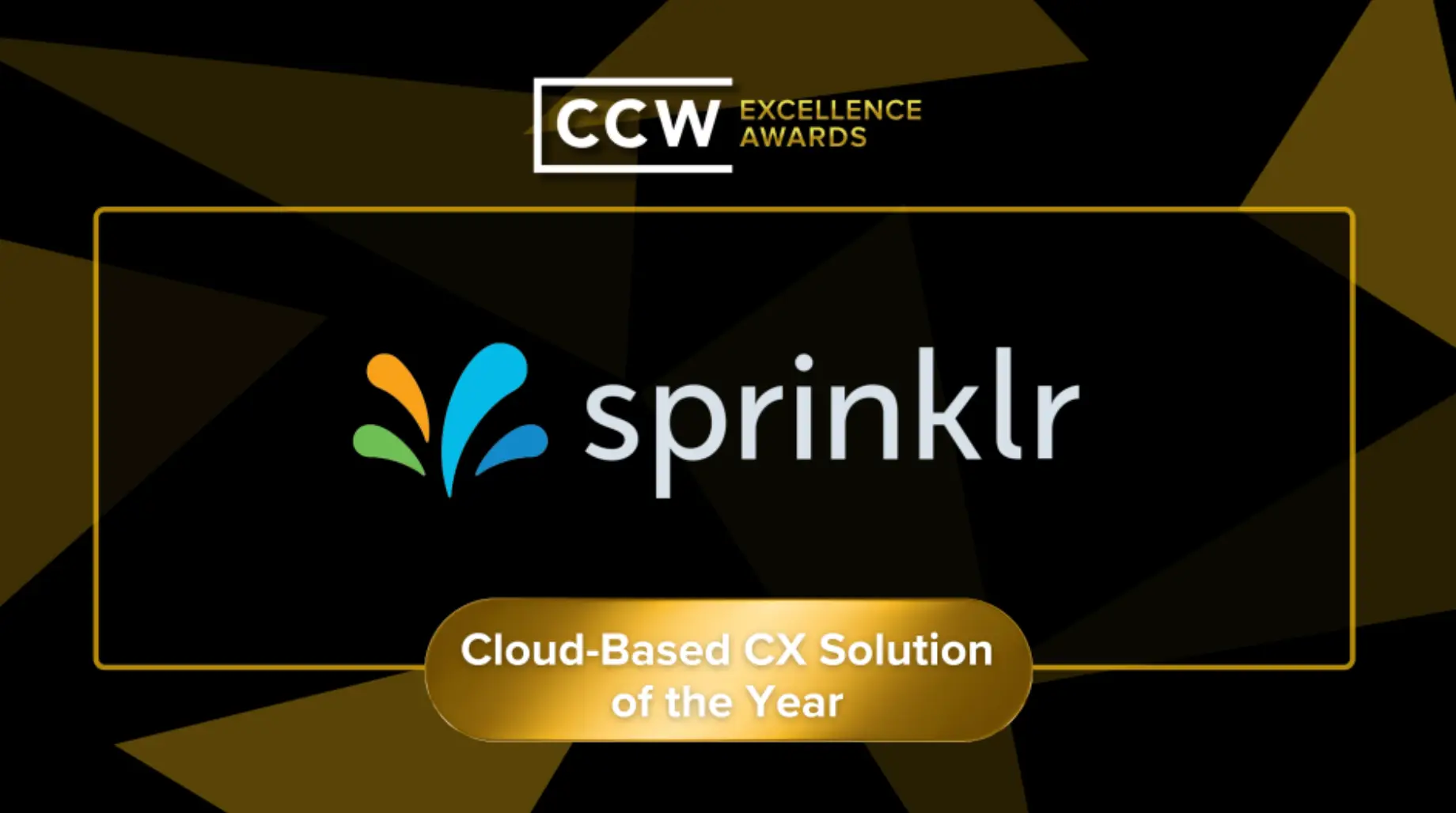Editor's Pick
May 8, 2025 • 7 MIN READ
How to Evaluate Enterprise Grade RAG for AI Agents
June 24, 2025 • 7 MIN READ
What the Sprinklr-Bluesky Integration Means for Your Brand
June 13, 2025 • 9 MIN READ
Digital Customer Experience: A Practical Guide for CX Leaders
June 24, 2025 • 13 MIN READ
5 Enterprise Agentic AI Real-World Use Cases
June 19, 2025 • 10 MIN READ
Discover Our Categories
Insights from the front lines of CX
CX-Files brings you proven strategies from CX leaders, real stories from Sprinklr customers, and product updates that help you stay ahead.

Watch Sprinklr's unified platform in action
REQUEST DEMO
750+ 5-star reviews



Ready to deliver happier customer experiences?
Contact us today for a personalized business proposal.





































